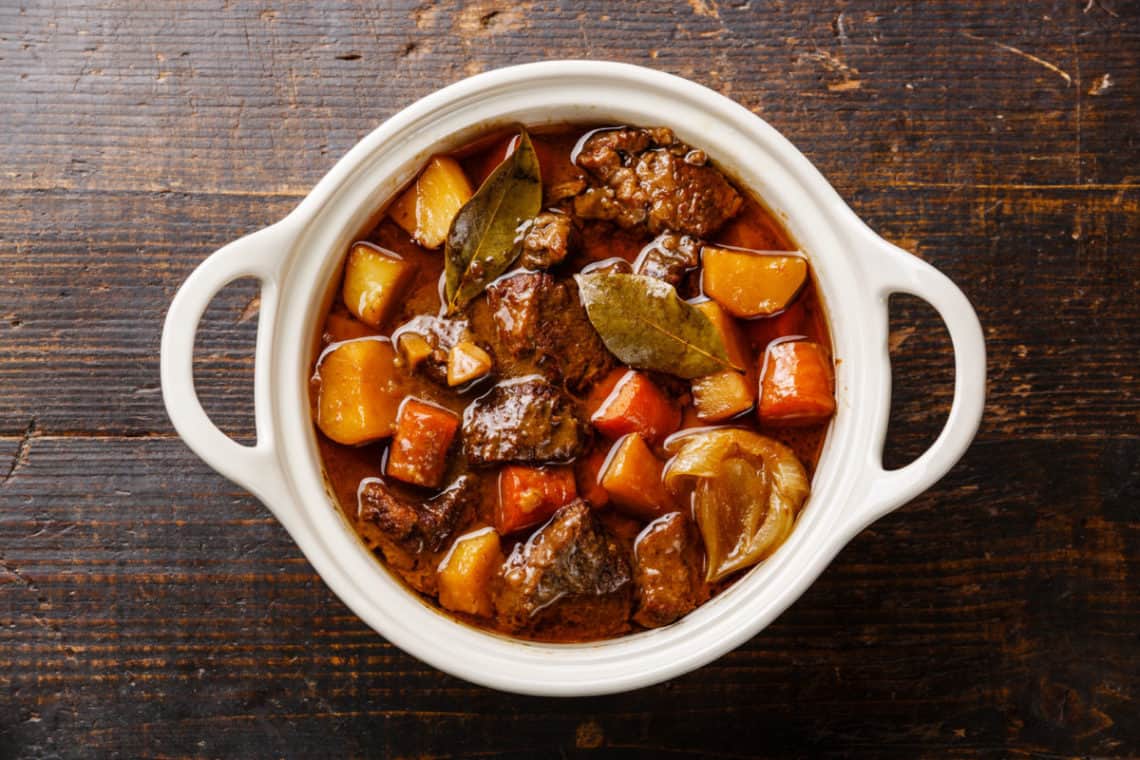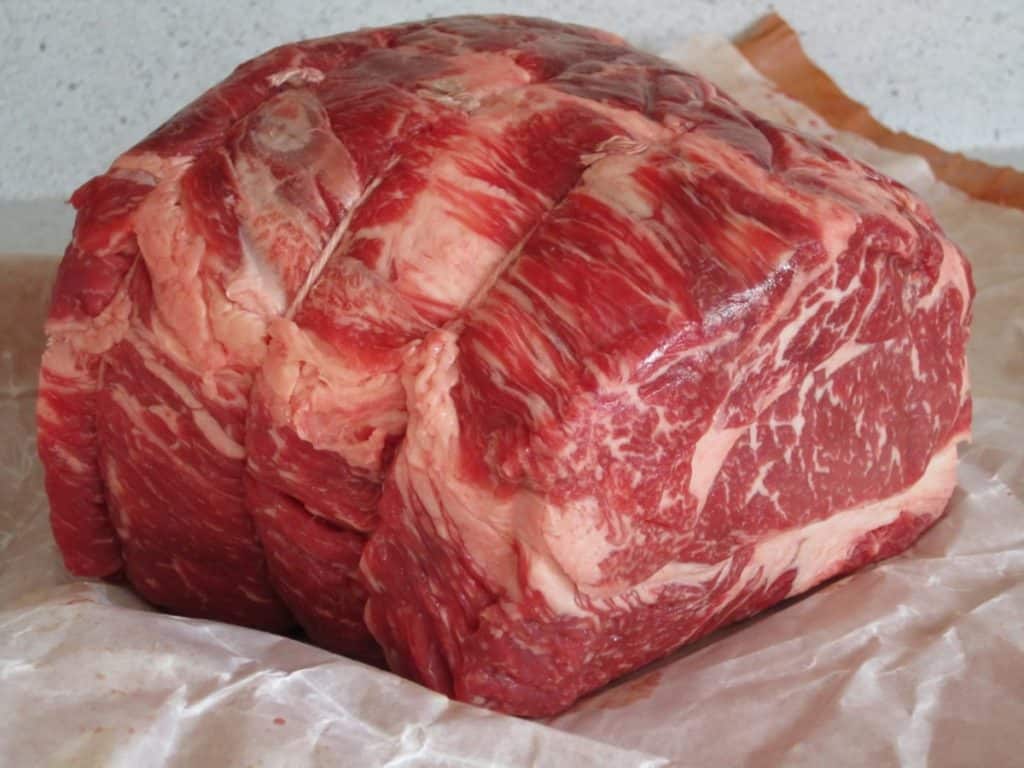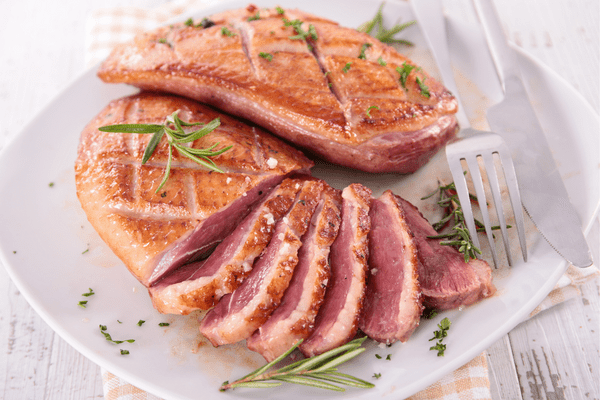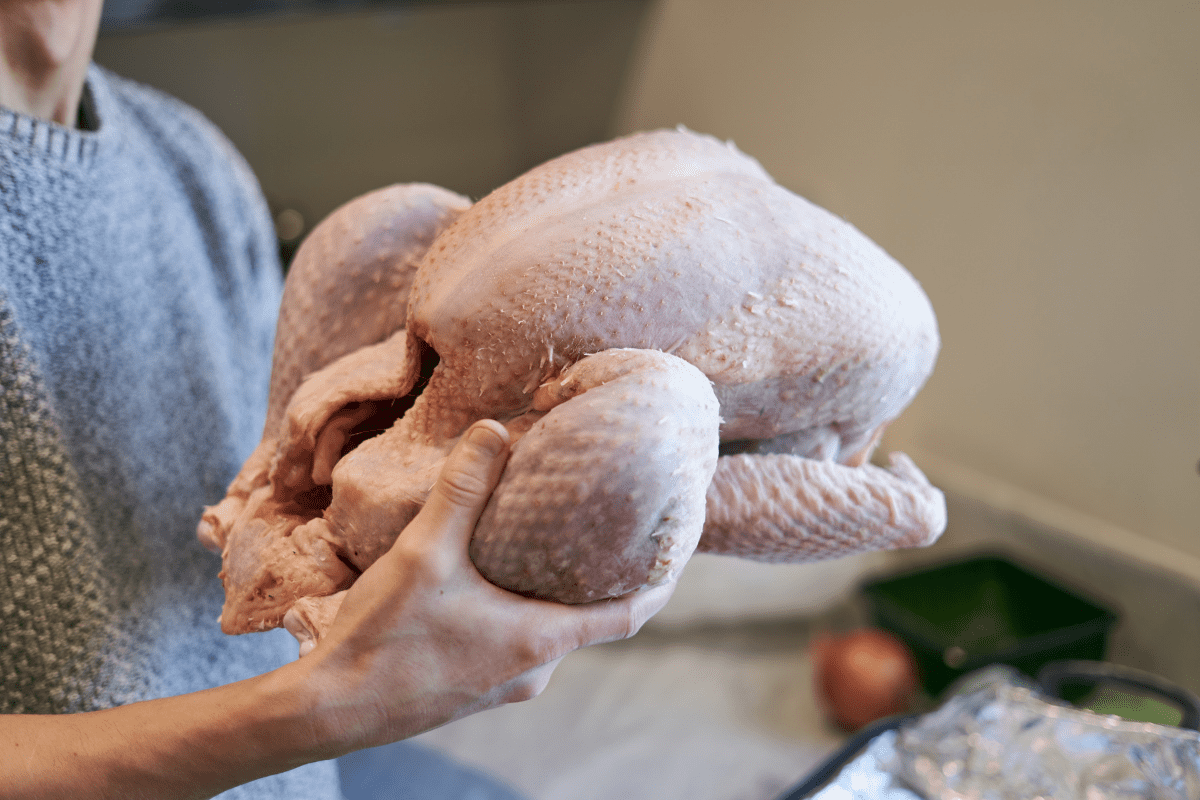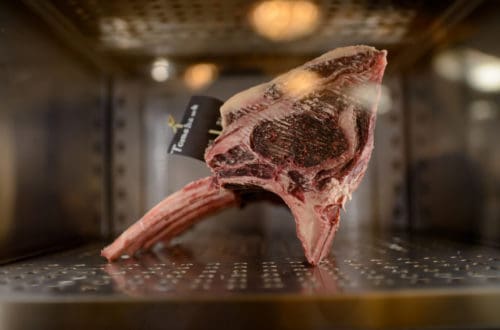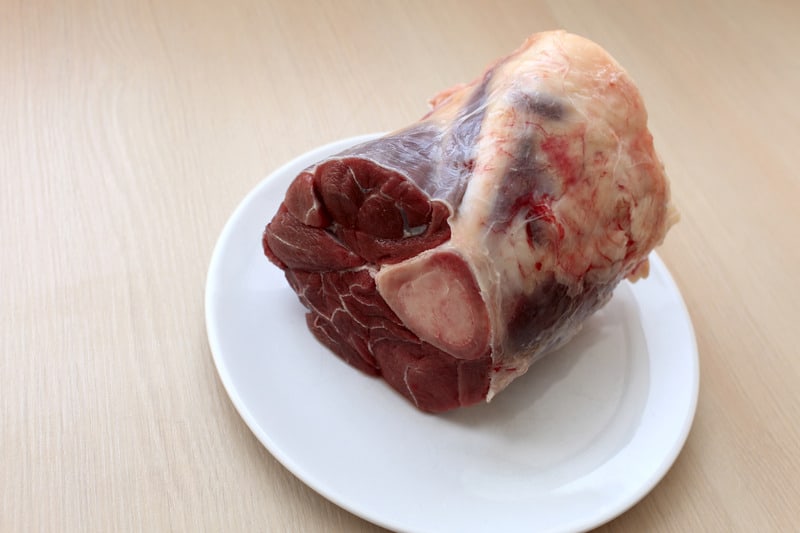There are two schools of thought regarding whether to dredge your stewing beef in flour prior to cooking or not, and we will give you our thoughts as to why you should do so.
Should I Dust My Stewing Beef With Flour? Yes. Dredging your stewing beef with seasoned flour prior to browning, will create a flavorful crust around the pieces of beef, and will help seal in the natural juices of the meat. The flour will also help to thicken the stew, meaning no further thickening agents will need to be added.
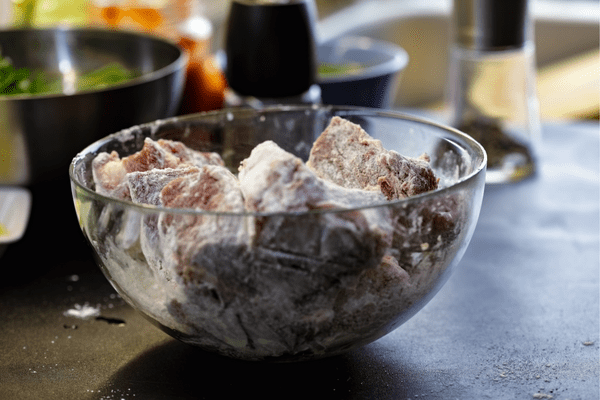
Why Flour Coat Your Stewing Beef
Adding seasoned flour to the meat will add flavor and help thicken the dish you are serving.
When it comes to seasoning, there are two ways of doing it. You can either season the meat prior to dredging in flour, or you can season the flour.
Personally I prefer to just season the meat with a little salt and pepper, and then add seasonings to the flour that will compliment the recipe.
You want the seasonings you add to the flour to compliment the recipe you are making, so for stews I would add some dried herbs, for curries I may add some tumeric or Garam Masalsa, and for spicy dishes I may add some cayenne or paprika etc.
Adding seasoning to the flour really helps to add flavor when the meat is seared prior to stewing, and will mean that every bite of meat will be bursting with delicious flavor.
How to Cook The Flour Coated Meat
If you are going to coat your beef with flour, it is very important that you sear the meat correctly. Get it wrong and you will end up with a pan full of steamed beef, in a thick gloopy mess.
Don’t worry though, there is nothing complicated about it, just a little patience is needed!
- Firstly, make sure you are using a large heavy bottomed pan that you will eventually cook the stew in.
- Make sure is good and hot, and add a little oil. Make sure the oil gets hot too.
- Only add a few pieces of meat to the pan at once, allowing plenty of space between the chunks of meat.
- Avoid pushing the meat around the pan. Leave it where it is until the meat has sealed.
- If you try to move the meat and the coating sticks to the pan instead of the meat, then you have tried to move it too soon. Once it has sealed, the meat will move without sticking!
- Do the same to each side of the meat until all sides are browned and sealed.
- The process should take about 4 – 5 minutes per batch.
- Now remove those pieces from the pan to a separate bowl, and add another batch to the pan.
- Repeat the process until all the meat is seared.
That’s It! You should now have a bowl full of lovely browned chunks of beef.
Here is a quick video showing how Beef Bourguignon is made using flour seasoned beef.
De-glaze the Pan
Now that you have finished searing the meat, there will be lots of blackened bits stuck to the base of the pan you have used.
DO NOT get rid of these bits!!!
Add a little water, stock or wine to the pan, and use a spatula to scrape those bits off the bottom of the pan and into the liquid. This will form a delicious base stock for the recipe that you are making, and will allow you to get every bit of flavor from the seared meat into your recipe.
Now Cook Long and Slow
Now that your meat is seared and full of flavor, you can go ahead and follow the rest of your recipe to finish preparing the dish.
Remember that stewing beef is a tougher cut of meat and will need to be cooked long and slow to allow it to break down and become tender.
However, as mentioned earlier, sealing the meat in the flour will allow the natural juices to be kept within the meat.
The flour added at the beginning if the cooking should help to thicken the dish, however if you want it even thicker, then you could add this method, using cornstarch.
This prevents it from drying out during the long cooking process, and will result in moist, fork tender, delicious chunks of meat that will have your diners coming back for more.
